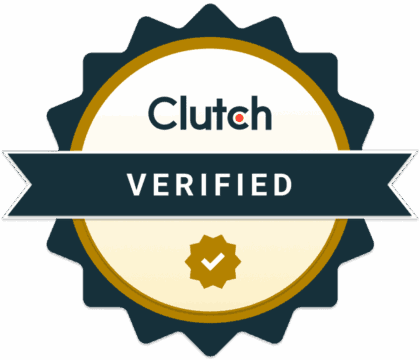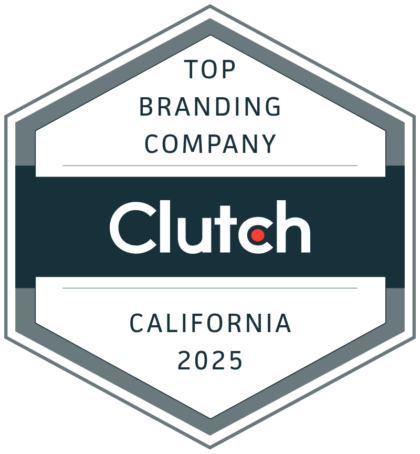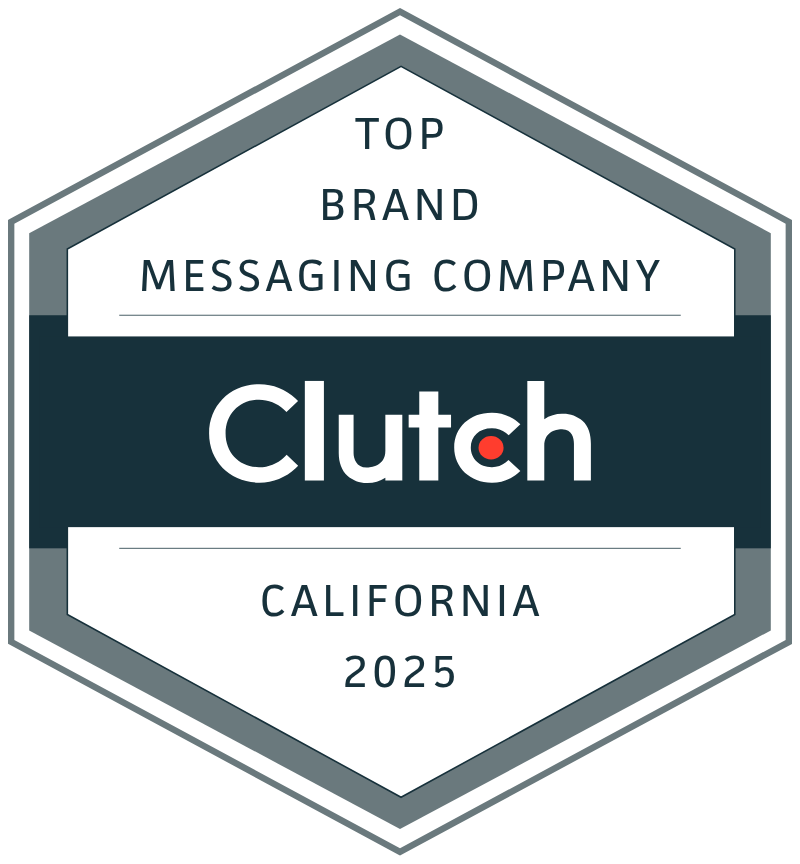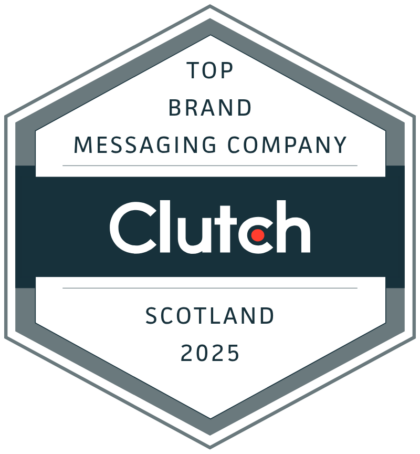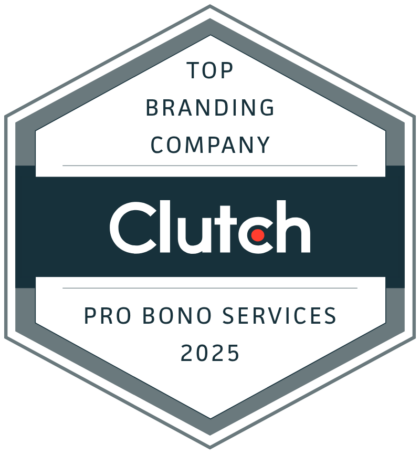Eight Great Metrics
What are the best metrics to measure your brand and boost your sales? Here are eight no-nonsense metrics you can use to get started.

Cate Newsom | FEBRUARY 24, 2016
YOU’VE ESTABLISHED THE EVIDENCE base for your brand. You’ve developed a brand playbook, and pure genius (or a great agency) has transformed the concept into everything your media plan and strategy need to win the hearts and minds of your target audiences. But how do you know it’s working? In this post we’ll take a look at some of the best metrics to measure the impact of your brand initiatives, basic approaches to assessing the return on your investment, and how this all fits in with our old friend the sales funnel.
Choose Targets & Benchmarks
Before we get started, however, we need to do some soul-searching. Who are you and what are you looking for? Are you a fast growing SaaS startup looking to increase conversions? Or maybe you’re a B2B provider of bespoke solutions, looking to reach a highly specific audience? Or maybe you’ve got a local, largely offline business like our favorite neighborhood lunch spot in Edinburgh?
Depending who you are, you’ll have different measures of success for your brand investment, and that means you’ll want different metrics.
- If you’re our friends at the bakery, your primary aim might be raising awareness and generating website hits and social media chatter, particularly in the Edinburgh area and the British gourmet scene.
- If you’re a post-startup SaaS startup like our SF neighbors (and constant communication enablers), Slack, you’ll be focusing more on online sales conversion and user retention rates.
- Meanwhile our B2B provider of bespoke solutions will be interested not so much in website volume, but in signs of interest from specific audiences; the rest of the sales process will proceed offline.
Whoever you are, it’s important to spell out what victory means to you before you get started, and translate that into the right metrics for you. You’ll also want to take stock and establish your benchmarks so you can accurately track (and celebrate!) your growing brand impact. There’s more to that than a blog post can cover but here are some thoughts to get you started.
ROI
The classic approaches to calculating return on investment (ROI) for your advertising spend center around some basic equations. These eight are the best place to start. Once you’ve established your goals we can help you refine them further.
Metric 1: Cost per Lead. First, you can borrow a calculation from sales, and calculate the cost per lead against the lead to close ratio, then compare that with the average client project value.
Metric 2: Cost per Acquisition. You can also calculate cost of acquisition: (brand investment costs in a defined time period) / (new signed customers generated during said period) = cost of acquisition. It’s a similar approach to cost per lead but focuses only on leads that turn into deals.
Metric 3: Conversion to Sale. Alternatively, for web-based acquisitions, you can quantify the number of conversions to sales / total volume of website traffic.
These first three approaches are great as a rule of thumb, but they have their shortcomings. For one, there’s a potential attribution error. If acquisition of a new customer (or user, or new-hire – whatever you’re fishing for) is instantaneous, or at least can be completed within the same period as the marketing effort, then there’s little doubt the acquisition is a product of the investment. But for many of us outside the consumer packaged good space, the sales conversion process can be lengthy. You may reap the rewards of a marketing investment years after the event. In short, these equations are robust, but their imprecision can lead to inaccurate conclusions. So you might be better off taking some smaller steps first.
The sales funnel
To figure out what the right steps for you are, we’d suggest looking at each of the stages of the sales funnel, starting with Awareness and Interest. Awareness includes metrics like:
- Number of visitors to your page,
- Number of views,
- Your reach (meaning how many individuals saw your posts)
- Your impressions (the number of times a post appeared on a feed – sometimes multiple times for a single user, so your impressions will be higher than your views)
- Engagement (how many clicks / comments / shares – documented reactions – did your content get?)
Interest metrics are useful for all companies using social media as part of their brand strategy. (Yes, there are still some that don’t use social media. We don’t understand either.) Some people argue that all these are “vanity” information, but we disagree.* These are primary measure of awareness of your brand, and the first expression of interest. The engagement measure also indicates that certain audience members are continuing along the sales cycle. Knowing where conversations about your brand are taking place means knowing how to tweak your media strategy to amplify the effect of your spend. But how else can we measure interest?
Skipping back to your website, we can look at a few more metrics. These include:
Metric 4: Target Acquisition. Your first stop will be Google Analytics for your website. How is your site’s volume of visitors, and how does it break down by channel? The Acquisition section of your Google Analytics page shows where your visitors are coming from:
- Are they arriving directly from a Google search for gluten-free, vegan bounty bars? Those are your organic visitors.
- Or are they referral visitors, coming to your site by means of a link somewhere else, such as that great write-up in The List?
- Are they direct visitors, who navigate straight to your site?
- And how many are social visitors, i.e. visitors who pop over after seeing you on Facebook, Instagram, etc.?
While you’re here, you’ll also want to check your click through rate (CTR) for any digital ads you’re running, as well as how your Google AdWords are performing.
Metric 5: Social Metrics. Now for your social media metrics. (And special thanks to our Digital Insight Manager, the amazing Paulina Babicova, for her input here.) You can gather these on each individual platform (Facebook Insights, Twitter Analytic, LinkedIn Insights), or you can do a one-stop shop on a platform like Hootsuite. Either way, social metrics strongly support both the Awareness and the Interest stages of the sales funnel.
Metric 6: Site Activity. Measuring the amount of time visitors spend on your site, the number of pages they view, and their rate of return to your site can provide incredibly useful information on both what pages, content, keywords bring people to your site, how people “flow through” your site, and on their path through it. Is it optimized for as easy a path (few clicks, easy navigation) as possible? This information will help ensure it is–and help you serve up more of what your visitors are looking for.
Finally we move on to your Decision and Action metrics. The Decision elements of the sales funnel are more easily measured online for digital projects; Action will typically require integration of other data sets.
Metric 7: Conversion Rate. Calculating your conversion rate by the number of conversions / number of visitors at a given time. Or you can take the slightly more front-loaded approach and track specific users over a given time if you’re tracking IP addresses, and determine how many visits to your site before conversion (if any). A bit more faffing, yes, but it pays back in richer, more targeted data. Action metrics will look more closely at those sales conversion.
Metric 8: Cost per Lead. Calculate cost per lead … although this actually takes us back to the first metric, the cost of acquisition and reemphasizes our earlier point: the importance of benchmarking!
*Assuming you’ve got a selective social media strategy in place and are actively managing your channels. And once again, with feeling: the intern is not a social media strategy.
Cate Newsom is Evviva Brands’ Head of Insight. She and her team deliver the insights that serve as the foundation for Evviva’s global brand strategies. Cate has worked with leading multinational corporations in energy, financial services, consumer packaged goods, management consulting, and technology. Her background includes documentary film (with a BA in film from Yale University, and a Master’s from NYU), anthropology (with a Master’s from U. v. Amsterdam), and extensive field research experience. She has settled in six countries and has a working knowledge of six languages.
